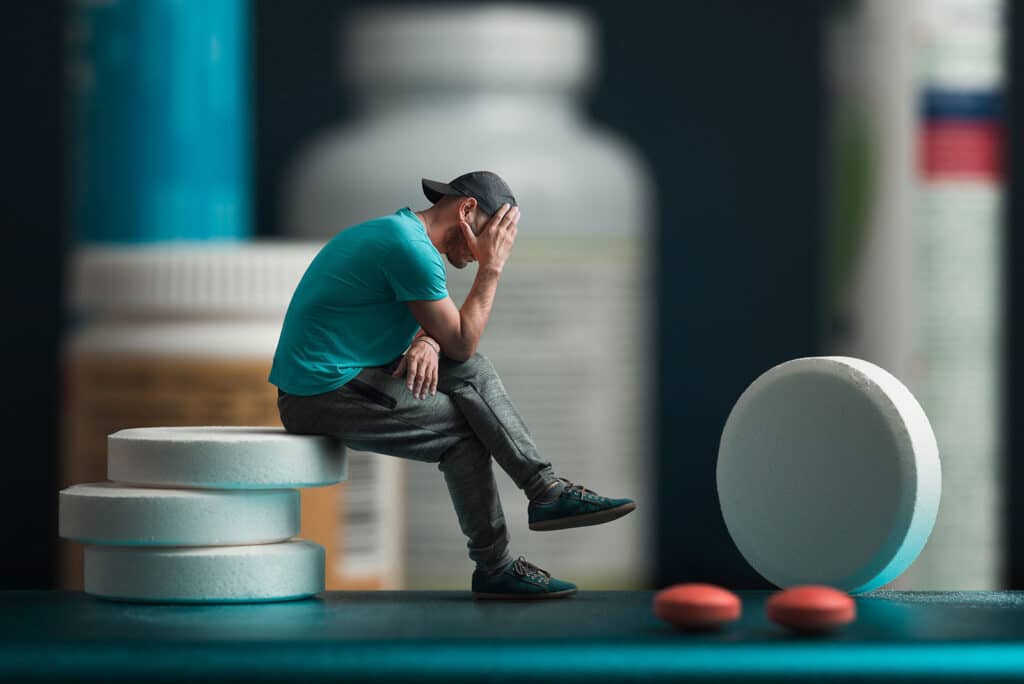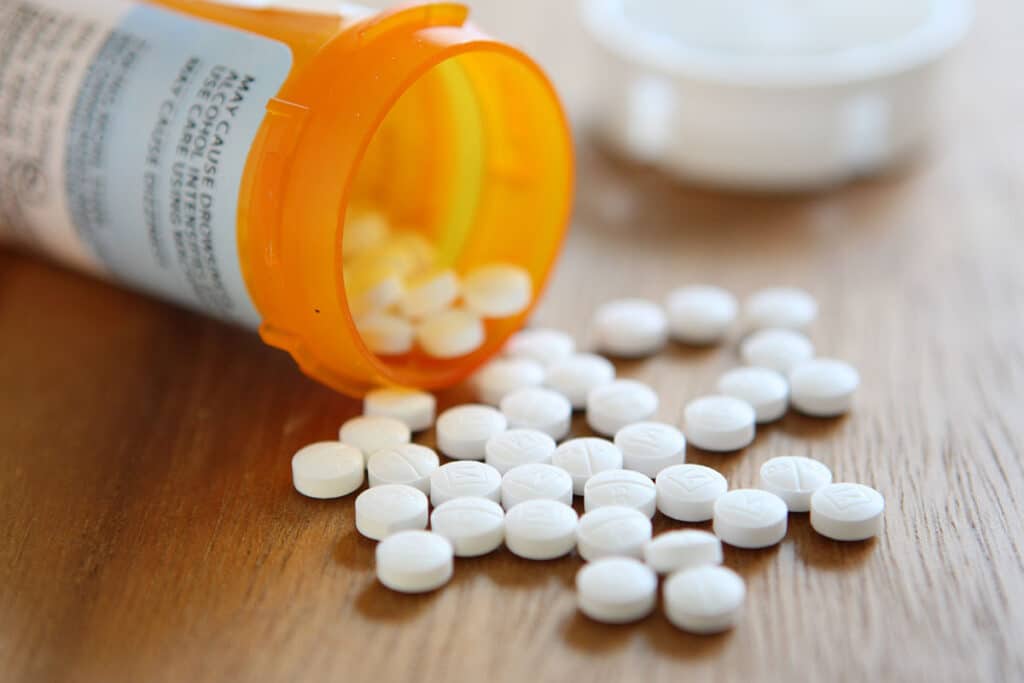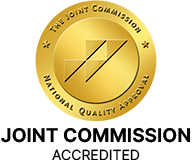The misuse of substances like opioids, cocaine, and prescription stimulants has become a pervasive problem in our society. Abusing these substances has a far-reaching impact. It can disrupt your loved one and community, cause physical and mental harm, and even result in death.
Each suffering from substance dependence has a unique experience. As such, addressing each case of addiction requires a tailored approach. An effective treatment plan should combine medications and evidence-based therapies tailored to your needs.
If you’re struggling with substance use and seeking help, this comprehensive guide to stimulant addiction treatment is a must-read.Whether you’re interested in inpatient rehabilitation or intensive outpatient treatment, you’ll find a stimulant use disorder program that will suit you and lead you toward recovery from drug addiction.

Table of Contents
- 1 WHAT IS STIMULANT ADDICTION?
- 2 What are the Types of Stimulant Addiction Treatment Programs
- 3 What Constitutes Effective Stimulant Addiction Treatment Programs
- 4 Medication Options for Stimulant Addiction Treatment
- 5 How to Choose the Right Stimulant Addiction Treatment Program
- 6 Overcoming Barriers to Accessing Stimulant Addiction Treatment
- 7 Preventing Stimulant Addiction
- 8 Conclusion
WHAT IS STIMULANT ADDICTION?
To understand stimulant addiction, defining what stimulants are and how they affect us is essential.
Stimulants, also known as Uppers, are drugs that increase the body’s catecholamine levels. That means your central nervous system gets stimulated, hence the name. It makes you feel awake, attentive, and euphoric.
Stimulants cover a broad range of drugs. Even the caffeine from coffee is considered a stimulant. But for all intents and purposes of this post, we are going to deal with the three of the most abused stimulants.
These are the following:
Cocaine and Crack Cocaine
Cocaine is perhaps the most notable stimulant due to its exposure in media outlets. It’s a highly addictive white powder derived from the coca plant. Although it has some medical uses today as an anesthetic, this substance is considered a street drug.
When cocaine is processed to its crystalline form, it’s called Crack Cocaine or just Crack. This drug is the culprit for one of the worst drug epidemics in recent history. In the 1980s, it devastated many communities in America during what’s now known as the Crack Epidemic.
Because of its addictiveness and price, cocaine users often find themselves in financial difficulties. But that’s the least of its side effects, since in 2021 alone, more than 24,000 people died of overdosing on it.
Amphetamines
Just like cocaine, or alpha-methylphenethylamine are stimulant drugs that have medical uses. For example, it’s used for attention deficit hyperactive disorder (ADHD), bipolar disorder, obesity, narcolepsy, or the inability to control sleep cycles.
Methamphetamine, also known as meth, is another type of amphetamine. Although it has the same mechanism as amphetamines, it’s prescribed less. That’s because of the stronger effects of stimulants.
Prescription drug amphetamines, such as Adderall or Desoxyn, come in tablet form. In contrast, illicitly manufactured amphetamine-type stimulants are often smoked, like crystal meth.
Amphetamines affect the brain by increasing dopamine levels. Additionally, it inhibits sleep, fatigue, and appetite. These effects all influence its prevalence in low-income areas.
Prescription Stimulant
Other drugs that have huge abuse potential are prescription stimulants like Adderall, Ritalin, or Dexedrine. These drugs generally have amphetamine, dextroamphetamine, and methylphenidate as their active ingredient.
Despite these drugs being formulated to be weaker than street drugs, they’re still misused due to their accessibility. According to a study in 2016, approximately 5 million adults misuse their prescription stimulants.
Risk Factors and Causes of Stimulant Addiction
There are many influences at play in stimulant addiction. As mentioned earlier, economic status is one of the culprits of it. The state of euphoria stimulants provide and the potential money from peddling makes people use it to cope with their unemployment.
Additionally, stimulants, such as methamphetamine, are seen as performance enhancers in many parts of the world. For example, in the Philippines, young men use methamphetamine to increase their performance at work.
Another factor that contributes to stimulant addiction is social influence. Prescription stimulant abusers often downplay the potential risk of addiction upon seeing their peers taking drugs. Moreover, recreational drug abusers can suggest drug use toward you under the guise of camaraderie.
Mental illness can also lead to stimulant abuse. Individuals may use stimulants to cope with their symptoms. As such, mental illness is often a co-occurring case in severe cases of addiction. That’s because drug abuse exacerbates the illness in the long run.
Lastly, genetics and a history of mental illness can play a huge part in addiction. While you need exposure to stimulants to be addicted, people with a genetic predisposition can be more susceptible to long-term dependence.

What are the Types of Stimulant Addiction Treatment Programs
There are several different types of stimulant addiction treatment programs available. Each of them offers different levels and intensity of care and support.
As an individual, you should consult with medical professionals to tailor your treatment program to your preferences and needs. Medical professionals can help you decide which program best fits you, as well as make adjustments to your programs depending on how it works out.
These are the following treatment programs you can choose from:
Inpatient Treatment
Inpatient Treatment is a highly structured program that provides round-the-clock care and support. It’s done in either a residential or hospital setting, where you’d be admitted and monitored daily.
This program is best suited for individuals with severe cases of addiction or with comorbid mental health disorders. In this setup, you’ll receive daily support from medical and mental health professionals.
Depending on the severity of your stimulant dependence, it can last from one to six months.
Outpatient Treatment
Outpatient Treatment is an umbrella term for many treatment programs that offer more flexibility to individuals. As the name suggests, you don’t have to be admitted to a facility for outpatient treatment.
As such, it allows you to be in control of your schedule. However, the treatment program would generally require you to visit rehab centers for at least 9 hours every week.
The idea around the outpatient program is to help you with the least restriction possible. Individuals who have support groups that can help them toward recovery benefit better from outpatient treatments. Because of that, reintroduction to society is easier for outpatients.
Lastly, despite being more lenient than inpatient treatment, no study shows that outpatient treatment is less effective. The choice between the two treatment programs ultimately boils down to the preferred length, setting, and severity of the addiction.
Residential Treatment
Residential Treatment is an example of an inpatient treatment program. It’s typically for those severely dependent on stimulants but didn’t qualify for hospitalization.
There’s no specific standard for a residential treatment setting. The strictness of supervision may vary in different facilities. Some might have intensive programs like detoxification, while others maintain the facility like a transitional community.
Regardless of the supervision, medical and psychological monitoring is maintained. In general, therapy sessions and medication are also utilized in residential treatment.
Partial Hospitalization Program
A partial Hospitalization Program, or PHP, is the most rigorous type of Outpatient Treatment. In PHP, you’re expected to attend daily sessions for an average of five hours.
If you need intensive care and have a stable, supportive environment back home, you can benefit the most from PHP. That’s because you wouldn’t have to undergo an extensive reentry program.
PHP targets individuals who have undergone residential treatment or hospitalization but are at risk of relapse or people doing poorly in Intensive Outpatient Programs. Since these individuals are in sessions during the day and at home in the evenings, they’d still be monitored most of the time.
Intensive Outpatient Programs
Intensive Outpatient Programs, or IOPs, are sometimes used interchangeably with PHP in different states. However, they’re distinct treatment settings, according to the American Psychiatric Association.
IOPs are a step down in intensity from PHP. They provide structured treatment and support several days a week for a cumulative time of at least nine hours. They’re offered to people who need consistent intervention but don’t require detoxification.

What Constitutes Effective Stimulant Addiction Treatment Programs
The treatment program you’ll undergo should improve your well-being holistically. It must promote physical and mental recovery, developing healthy support systems with your family and peers, and strategies to prevent you from relapsing.
The following components can improve these factors:
Evidence-Based Therapies
Evidence-based therapies help immensely against stimulant addiction. Programs like Cognitive Behavioral Therapy, Motivational Interviewing, and Dialectical Behavior Therapy are proven to help reinforce recovery among addicted individuals.
Aside from that, they can also address underlying factors that may increase substance dependence.
Group and Individual Counseling
Counseling is another intervention that should be included in your treatment program. Group therapy and individual counseling allow addicted individuals to express themselves and explore their addiction in a safe and non-judgmental setting.
Family Therapy and Support
The importance of a healthy social support system should also be emphasized in an addiction treatment program. Family and friends play a huge role in ensuring that you’re on track for recovery.
Relapse Prevention and Aftercare Planning
After being sober and stopping the usage of stimulants, it’s paramount that your treatment program has sufficient relapse prevention and aftercare planning.
Relapse is a part of the recovery period for most cases of addiction. For you not to fall back into bad habits and begin the cycle anew, there should be interventions in place to deal with it.
Medication Options for Stimulant Addiction Treatment
Studies regarding stimulant addiction medication are currently inconclusive. No single medicine can do away with all the cravings and symptoms of withdrawal from stimulant abuse. However, there are candidates from certain studies that could help.
Modafinil, Propranolol, and Bupropion are considered to help with the stimulant withdrawal symptoms that drug dependents experience upon reduced intake of stimulants.
On the other hand, GABA enhancers, gamma-vinyl GABA, Tiagabine, Topiramate, and Disulfiram, are studied to prevent relapse and reinforce unpleasant reactions upon stimulant intake.
All these drugs aren’t originally intended to be used in stimulant addiction treatment. As such, their use is considered off-label and requires further research.

How to Choose the Right Stimulant Addiction Treatment Program
Choosing the right addiction treatment program can be an overwhelming task. You have to consider its components, the treatment setting, the duration, and your financial capabilities.
Additionally, you need to gauge the severity of addiction and research the perfect intervention for it. Because of these factors, seeking help from a healthcare professional in addiction treatment is crucial.
They can diagnose and suggest necessary interventions for you. Moreover, depending on your financial capabilities and location, they can recommend the best facility and treatment programs.
Overcoming Barriers to Accessing Stimulant Addiction Treatment
Access to treatment can be barred by reasons such as stigma, financial constraints, and limited availability of specialized treatment. It’s critical to address these to ensure everyone can access these treatments.
The social stigma surrounding addiction can easily be overcome by educational campaigns that promote empathy and understanding toward people suffering from addiction.
We must understand that addicted individuals can be victims of circumstances as well.
In addition, expanding health insurance coverage to include treatments and improving affordability allows each individual to undergo the care they need to recover from addiction.
Lastly, spreading information about specialized stimulant addiction treatment services, such as detoxification and counseling, can help individuals to find the necessary programs they need.
Overcoming barriers to accessing treatment requires a systemic change. Everyone, from government systems to individuals, has a vital role to play in helping substance dependents navigate the treatment system.
Preventing Stimulant Addiction
Stimulant addiction can happen to everyone. To reduce the incidence of this condition and improve public health outcomes, proper education, responsible prescription, and support for at-risk populations must be bolstered.
Arming people with knowledge about the risks associated with stimulant use and how it outweighs the perceived benefits should be at the heart of every prevention campaign.
Moreover, strategies for the responsible use of prescription stimulants should be improved. This can be done by limiting access and monitoring the usage of these drugs.
Lastly, support, resources, and interventions targeted toward adolescents and individuals with a history of substance abuse and mental health conditions should be reinforced.
Conclusion
Stimulant addiction is a complex problem that affects both physical and mental health. It also disrupts families and societies. Because of that, it needs a comprehensive treatment plan to resolve.
While all substance abuse treatment programs aim to reach the same goal, you should consider their components and research their setting and duration. Further, to ensure consistent short-term or long-term recovery, choose treatment and treatment facilities with effective relapse and aftercare strategies.
If the task seems daunting to you, seek help from professionals. With the current gaps in our knowledge, keeping in touch with professionals will allow you to be informed of the developments in the available detox treatment options through our treatment center.
Contact us today to learn more about Stimulant addiction treatment near you.



